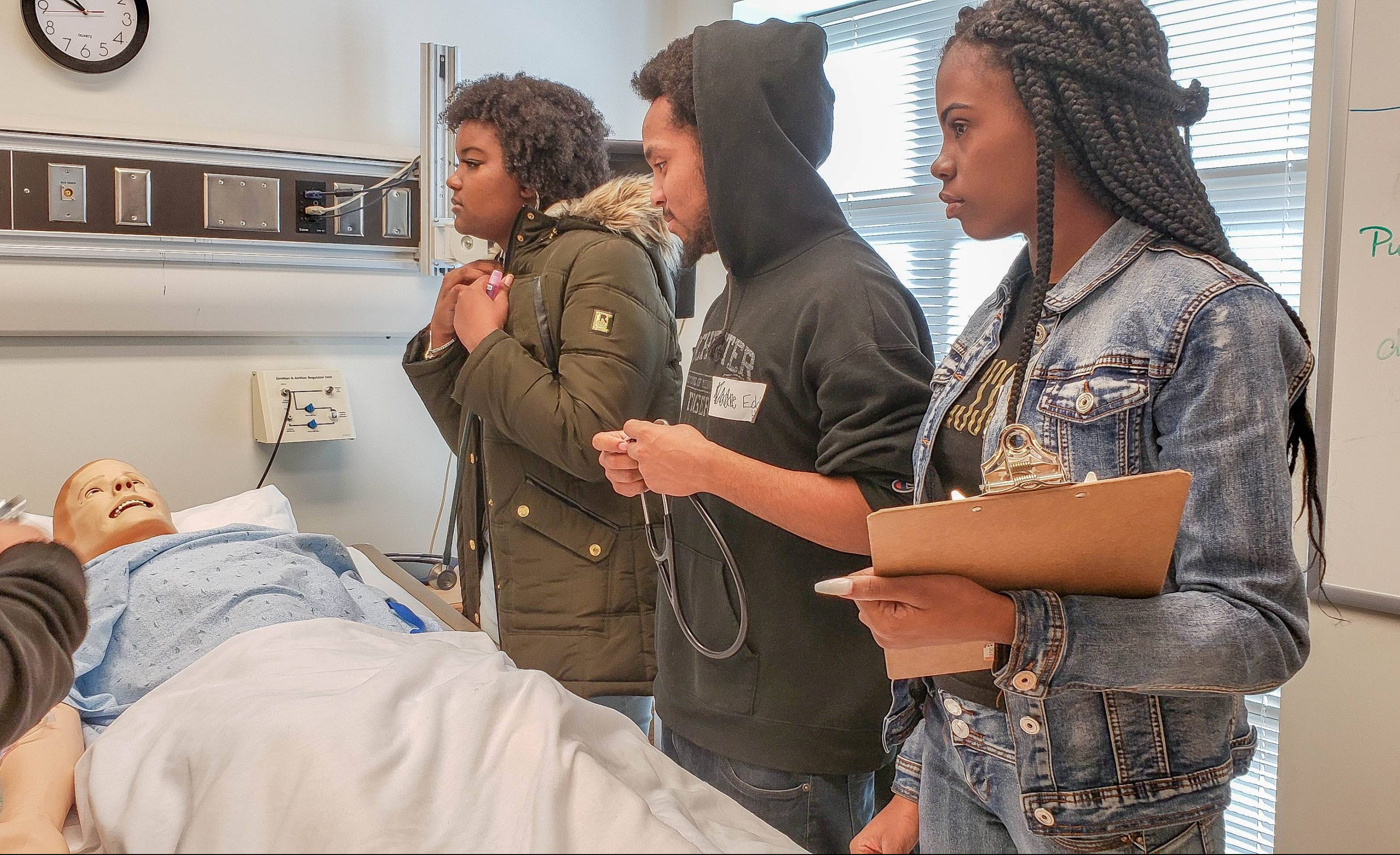
Industry Recognized Credentials
Regionally vetted, employer-valued
In schools, industry-recognized credentials (IRCs) verify a person’s qualifications or competence in a technical area. They are issued by a third party, such as an industry council, government, or the company that developed a particular methodology.
Students can earn IRCs in high school or at community or technical colleges. IRCs can take different forms, including certificates, certifications, or licenses.
At the high school level, they are a cornerstone of career and technical education (CTE), which is defined and financially supported by The Strengthening Career and Technical Education for the 21st Century Act, commonly referred to as “Perkins V.”
What is “Regionally-vetted”?
Ideally, IRCs offered to students are also ones that local employers see as relevant and actionable hiring signals based on the credential or the skills included in it. As schools determine which IRCs are best positioned to be offered, there are some key considerations to have in mind:
- Relevance to the industry—Is there enough employer awareness and demand to ensure the given IRC is “valuable” to both the student and employer?
- Rigor and assessment—Most, if not all, IRCs culminate in a comprehensive assessment to test skills. The assessments should represent real-world scenarios or evaluations.
- Immediate on-the-job value—Some IRCs can be considered immediately “hireable” if they are valuable enough to an employer. Others, while valuable, may not be as quickly actionable but can be stacked with other credentials to form a bundle of more desirable certifications.
Resources
- Kansas KSDE Pathway Assessments and Credentials
- Missouri DESE-approved IRCs
- Regional Jobs Snapshot – October 2023
MVA Definition: Regionally Vetted Industry Recognized Credentials
These typically include current lists published by state education departments (reviewed with employers and validated for applicability and relevance) and regionally customized and vetted credentials.
5 Key Components for Industry Recognized Credentials
-
Quality Considerations
One
—Does the IRC have high value to employers?
—Does the IRC align with an in-demand career?
—Does the IRC “stack” to allow the student to progress to a more advanced industry credential within a specific field?
-
Student Support
Two
—The school has an RWL-informed coordinator/liaison to refer students to IRC opportunities
—The school is able to communicate the specific value of the IRC earned.
-
Making it “Real”
THREE
—Industry or employer represented in school-led IRCs through job shadow, career fair, information interview, or classroom visit.
—IRC program partners with Industry, Colleges, Third-Party technical training providers
-
Student Agency & Voice
FOUR
—Students report increased exposure to career options and pathways as a result of IRC coursework.
—Students would recommend IRC coursework to other students.
—Students can describe their experience and the value of their achievement.
-
Assessment & MVA Completion
FIVE
—Students pass the IRC exam and receive credentials.
—Students pass the IRC exam and receive credentials plus college credit.
—Students pass the IRC exam and receive credentials plus credit towards the training program.
